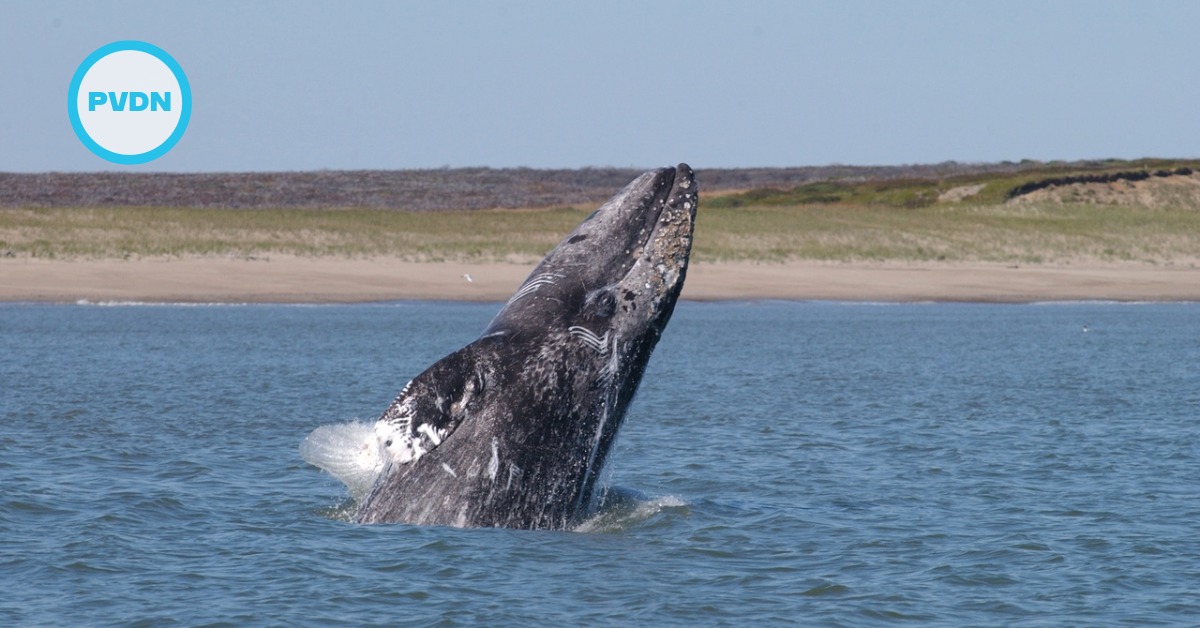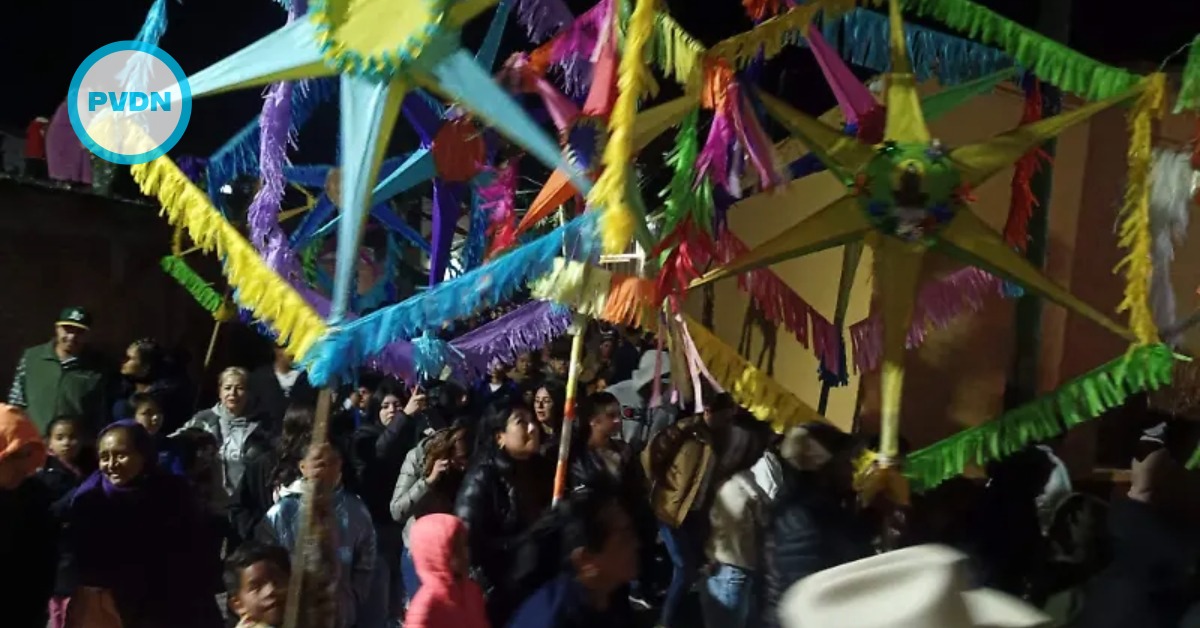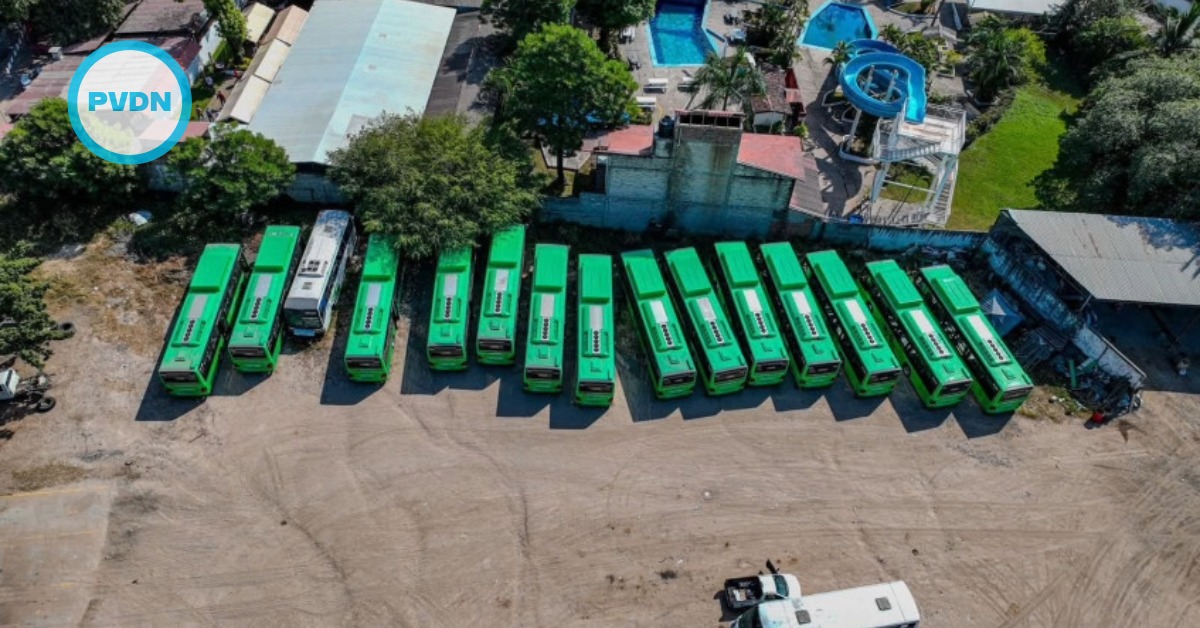Gang violence and poverty have for years pushed Mexicans and Central Americans north to the United States, but recently a new driver has emerged: the anti-immigrant tone of leading Republican presidential candidate Donald Trump.
From the slums of Central America to close-knit migrant communities in U.S. cities, Trump's rise to the front of the Republican pack has not gone unnoticed and is partly behind a spike in the numbers of migrants trying to enter the country, including children traveling without guardians.
Interviews with migrants, people smugglers and officials show many migrants are trying to cross now . . .







